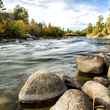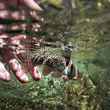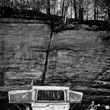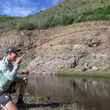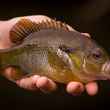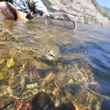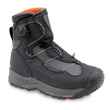Over the last decade or so, the fly fishing community's perception of carp has changed dramatically. Carp, which was not long ago widely seen as a species of "trash fish" only chased by fishermen wielding spinning rods with mish-mashed balls of corn meal and table scraps tied to the end of their line has reached fairly wide acceptance as one of the finest game fish available to anglers. Add in the fact that carp are more widely distributed across the US and the globe than perhaps any other species of game fish, offering a gross abundance of angling opportunities, and it is easy to understand why so many anglers are looking to get started chasing carp.
But where to start? Especially for the trout fisherman, pursuing carp is considerably different than heading out in search of the normal quarry. Fishing for carp is much more akin to fishing for bonefish and other flats species (which has fairly earned carp the nickname "freshwater bonefish"), so if you are accustomed to that kind of fishing you are going to be more prepared for chasing carp. Carp, in fact, can be radically different from trout in and it is important to understand the differences if you intend to target them, as applying tactics that you have learned while trout fishing typically won’t work well and will often lead to poor results.



